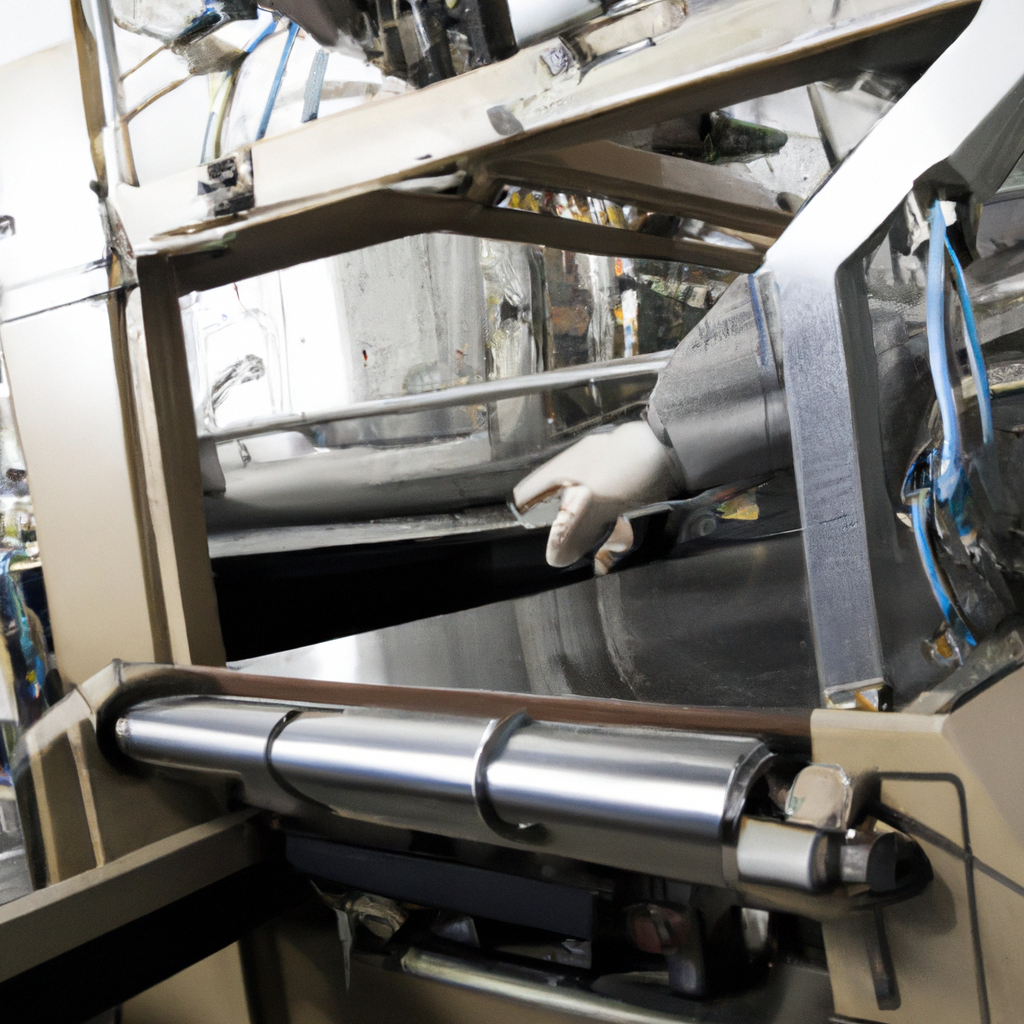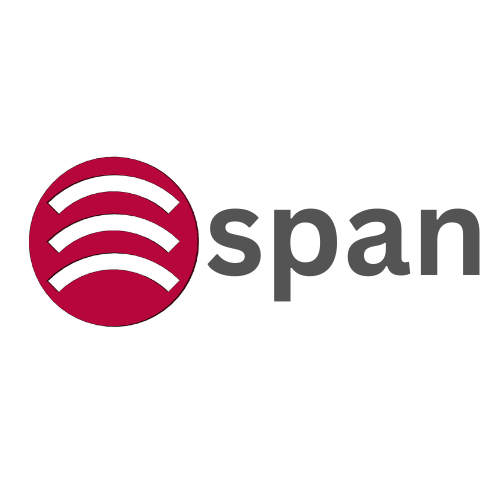
Production planning and control - PPC

J Aatish Rao
Mechanical Engineering Professional
$ 71
Basic course for beginners
Anytime Learning
Learn from Industry Expert
Career Option Guideline

Production planning and control - PPC
Trainers feedback
0
(0 reviews)
J Aatish Rao
Mechanical Engineering Professional
Course type
Watch to learn anytime
Course duration
205 Min
Course start date & time
Access anytime
Language
English
This course format through pre-recorded video. You can buy and watch it to learn at any time.
Why enroll
Many students find it difficult to settle in an industry, even if they are academically skilled. This course brings out about everything that is required for a GET (Graduate Engineering Trainee) or DET (Diploma Engineering Trainee) prior to their industrial exposure.
The course contains explanations of certain industrial management tools, such as MRP, Inventory control, Lot sizing, etc., which becomes very handy for those professionals who want to show their mettle in the industry. All these tools are very carefully designed and explained in the course.
Working in an industry is not always field work. You as an engineer is required to show your presentation skills to convey various ideas,issues and solutions. The tools explained in the course would come very handy.
And last but not the least. You are going to understand the in and outs of a industry from the viewpoint of a person who joined as a trainee (GET) & made his way up in the ladder to become a production engineer.
Opportunities that awaits you!

Earn a course completion certificate
Add this credential to your LinkedIn profile, resume, or CV. Share it on social media and in your performance review
Course details
Production planning and control refers to two strategies that work cohesively throughout the manufacturing process. Production planning involves what to produce, when to produce it, how much to produce, and more. A long-term view of production planning is necessary to fully optimize the production flow.
Production control uses different control techniques to reach optimum performance from the production system to achieve throughput targets.
In this course you will learn the basic concepts of Production, Manufacturing processes, selection of apt system for optimizing inventory, Product management to advanced planning and control techniques as such lot sizing, EOQ method, Order size calculation, Break-even analysis, Assembly line balancing and many more.
Most suitable for students belonging to mechanical engineering, management, Industrial engineering, Production technology and Manufacturing science. Furthermore, this course covers all the topics for university students having PPC as one of the subject or an part of Industrial engineering and for ambitious Production managers employed in various industries.
Course suitable for
Manufacturing Mechanical Production
Key topics covered
- The knowledge that is required for any GET (Graduate Engineer Trainee) prior to joining an enterprise.
- MRP (Material Requirement Planning), Its classes, methodology,implementation, and utility.
- Vital techniques as such EOQ, Break-even analysis, Lot sizing, Order size calculation etc.
- Management skills to survive plant politics.
- Production planning and control techniques of various industries.
- Forecasting - Qualitative as well quantitative.
- Japanese techniques as such Kanban, Mizosomashi etc.
Course content
The course is readily available, allowing learners to start and complete it at their own pace.
Production planning and control - PPC
41 Lectures
205 min
Scope of this course
5 min
What is production?
5 min
A production system
5 min
Types of production systems
5 min
Types of manufacturing processes
5 min
Selection of a manufacturing process
5 min
PPC Meaning
5 min
Elements of PPC
5 min
Production planning
5 min
Production Control
5 min
Steps involved
5 min
Requirements for an effective PPC
5 min
Benefits of PPC procedure
5 min
Affecting factors
5 min
Estimating the stages of production planning
5 min
Forecasting methods
5 min
Qualitative Forecasting
5 min
Quantitative forecasting
5 min
Forecasting errors
5 min
Introduction to MRP
5 min
Concept of MRP
5 min
Classes of MRP users
5 min
MRP I/O
5 min
Product Demand and BOM
5 min
Product structure
5 min
MPS and IRF
5 min
Primary and secondary reports
5 min
Order size calculation
5 min
Lot for Lot method
5 min
Economic Order Quantity - EOQ
5 min
Least Total Cost method
5 min
Least Unit Cost method
5 min
JIT - Just In Time production
5 min
Kanban Visual system
5 min
Benefits of MRP
5 min
Break Even Analysis
5 min
Lot sizing rules
5 min
Assembly line balancing
5 min
Set A
5 min
Set B
5 min
Set C
5 min
Why people choose EveryEng
Industry-aligned courses, expert training, hands-on learning, recognized certifications, and job opportunities—all in a flexible and supportive environment.
- Industry Veteran
- Trainer Review

J Aatish Rao
Mechanical Engineering Professional
Questions and Answers
A: Production Planning and Control (PPC) is a systematic approach used in manufacturing to organize and optimize the production process. It involves planning the production schedule, managing resources, coordinating workflows, and controlling the operations to ensure that products are produced efficiently, on time, and within budget. PPC aims to balance demand and supply, minimize inventory, reduce production costs, and improve overall productivity. For more detailed information, you can refer to the article on PPC at https://www.managementstudyguide.com/production-planning-and-control.htm.
A: The main objectives of Production Planning and Control are: 1) To ensure optimum utilization of available resources, 2) To maintain smooth and uninterrupted production operations, 3) To deliver products on schedule and meet customer demand, 4) To reduce production costs by minimizing waste and inefficiencies, 5) To maintain desired inventory levels, and 6) To improve product quality by controlling the production process. Achieving these objectives helps organizations enhance their competitiveness and customer satisfaction.
A: Certainly! Production Planning is the process of preparing a detailed plan for production, including determining what to produce, how much to produce, and when to produce. It involves material requirement planning, capacity planning, and routing. On the other hand, Production Control involves the execution of the plan, monitoring the production process, managing workflow, and taking corrective actions when deviations occur. While planning is proactive and focuses on preparing for production, control is reactive and focuses on managing actual production activities to ensure adherence to the plan.
A: There are mainly four types of production systems: 1) Job Production - producing customized products in small quantities; 2) Batch Production - producing a batch or group of identical products; 3) Mass Production - high volume production of standardized products; and 4) Continuous Production - nonstop production of products, typically in process industries like chemicals and oil refining. Each production system has different PPC requirements and strategies based on the nature of the product and demand. More about production systems can be found at https://www.tutor2u.net/business/reference/production-systems.
A: PPC contributes to reducing lead time by streamlining all activities involved in the production process. Through effective scheduling, resource allocation, and inventory management, PPC minimizes waiting time and bottlenecks. By monitoring production activity and applying timely corrective measures, delays are reduced. Additionally, techniques like Just-In-Time (JIT) production and demand forecasting, integrated within PPC, help in reducing excess inventory and speeding up workflow. This ensures products are produced and delivered faster, improving customer satisfaction.
A: Forecasting plays a critical role in Production Planning as it estimates future demand for products, enabling planners to schedule production accordingly. Accurate demand forecasts help in determining the right quantity of raw materials to procure, the appropriate workforce needed, and the machine capacity required. Without reliable forecasts, production can either lag behind demand or result in overproduction, leading to excess inventory and higher costs. Various forecasting techniques, such as time series analysis and causal models, are used to improve accuracy. For more insight, visit https://corporatefinanceinstitute.com/resources/knowledge/strategy/forecasting/.
A: Implementing PPC faces several challenges, including demand variability, inaccurate forecasting, machine breakdowns, shortage of raw materials, and changing customer requirements. Coordination between different departments like procurement, production, and sales can be difficult. Additionally, lack of real-time data and outdated processes can hinder effective decision-making. Overcoming these challenges requires adoption of integrated ERP systems, automation, regular training of staff, and flexible planning methods that can adapt to market changes.
A: Technology has transformed PPC by enabling automation, real-time data access, and advanced analytics. Tools like ERP (Enterprise Resource Planning) systems, MES (Manufacturing Execution Systems), and IoT devices help monitor production processes closely, optimize resource allocation, and detect issues early. AI and machine learning can improve forecasting accuracy and predictive maintenance. These technologies lead to better decision-making, reduced production costs, improved quality, and faster response to market demands. A detailed overview is available at https://www.mordorintelligence.com/industry-reports/production-planning-software-market.
A: Inventory Management is vital to PPC as it ensures that the right quantity of raw materials, work-in-progress, and finished goods are available at the right time. Proper inventory management prevents production delays caused by stockouts and reduces carrying costs linked to excess inventory. Techniques like ABC analysis, EOQ (Economic Order Quantity), and safety stock calculations support effective inventory control. By balancing inventory levels, PPC enhances smooth production flow and cost efficiency. For more, check https://www.investopedia.com/terms/i/inventory-management.asp.
A: Capacity Planning in PPC involves determining the production capacity required to meet changing demands for products. It assesses the maximum output a production facility can achieve under normal conditions. Effective capacity planning helps avoid underutilization or overloading of resources, preventing bottlenecks and delays. It involves short-term, medium-term, and long-term planning to align workforce, machinery, and material availability with demand forecasts. Strategies include capacity expansion, subcontracting, and workforce scheduling. More details can be found at https://www.investopedia.com/terms/c/capacity-planning.asp.
More from Same Author
- Technical Courses
- Articles
4 (41)
Watch to learn anytime
212
1
E-Learning
Unlimited access
4 (41)
Watch to learn anytime
1257
8
E-Learning
Unlimited access
4 (41)
Watch to learn anytime
2406
21
E-Learning
Unlimited access
Earning and Growth option in same Industry Domain
- Pre-recorded
- Online live session
- Offline
- Articles
Watch to learn anytime
655
E-Learning
Unlimited access
Watch to learn anytime
759
E-Learning
Unlimited access
Watch to learn anytime
608
E-Learning
Unlimited access
More Training & Development option to expand your reach
- Technical courses
- Soft-skill courses
- Seminars & Conferences
- Articles & Blogs
5
Instructor led live training
459
1
Online
Live courses
September 22
9 Hrs
Beginner
4 (23)
Instructor led live training
335
1
Online
Live courses
October 11
14 Hrs
Advanced
4 (23)
Instructor led live training
541
Online
Live courses
October 11
4 Hrs
Intermediate






















